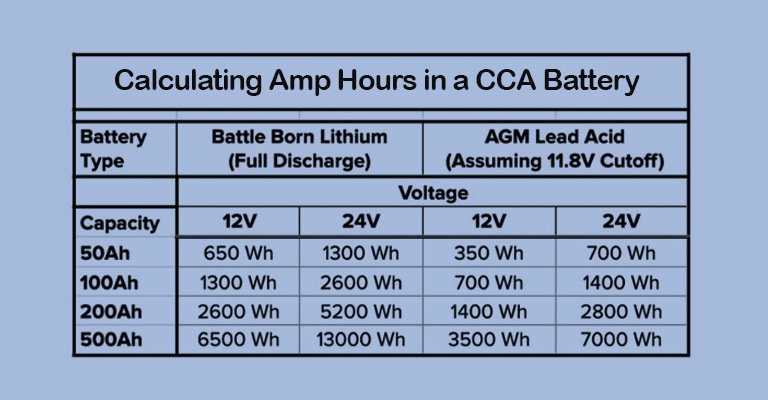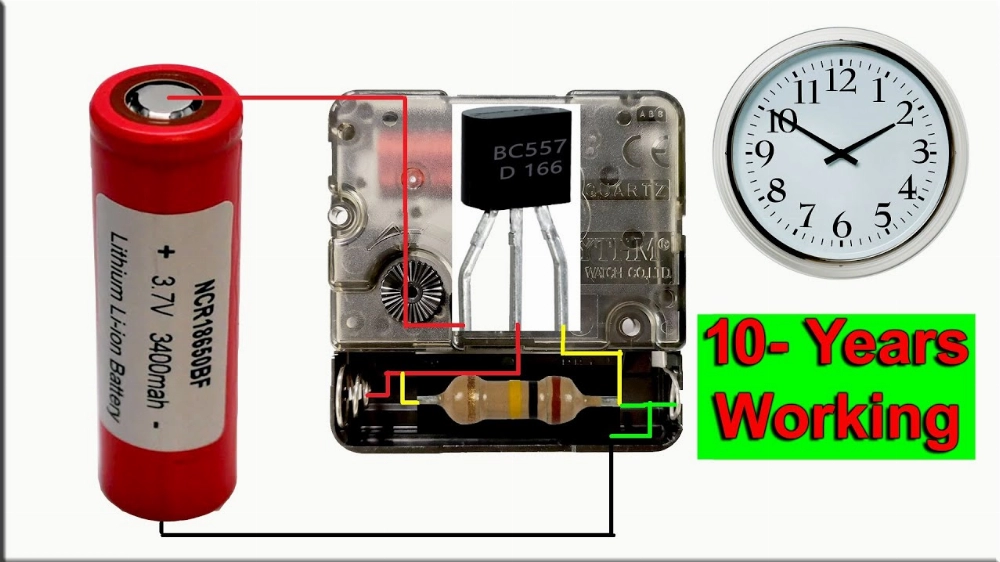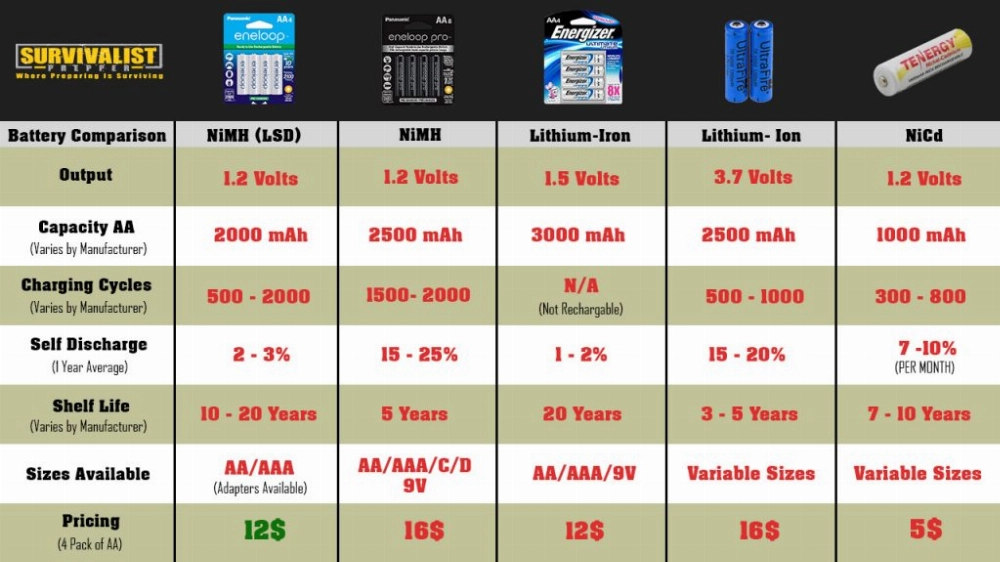As the demand for efficient and sustainable energy solutions continues to grow, graphene and lithium batteries have emerged as leading contenders. Whether you’re powering electric vehicles (EVs), smartphones, or renewable energy systems, this guide compares the key advantages, limitations, and potential of these two technologies to help you make an informed decision.
Part 1: What Are Graphene Batteries?

Structure and Composition of Graphene Batteries
Graphene batteries are advanced energy storage devices that incorporate graphene, a single-atom-thick layer of carbon atoms arranged in a hexagonal lattice. Graphene, known for its exceptional conductivity and strength, plays a crucial role in these batteries. Typically, a graphene battery consists of graphene electrodes, an electrolyte, and a second electrode made of complementary materials.
Advantages of Graphene Batteries
Graphene batteries offer several notable advantages, making them a highly promising alternative to traditional battery technologies:
- Fast Charging: Graphene batteries charge at remarkably high speeds, enabling rapid power replenishment. This is particularly beneficial in applications that require quick charging, such as electric vehicles and portable electronics.
- High Energy Density: Graphene batteries offer higher energy densities compared to traditional lithium-ion batteries. This allows them to store more energy per unit of mass or volume, leading to extended runtimes and improved efficiency.
- Enhanced Lifespan: Due to graphene’s excellent durability and resistance to degradation, these batteries offer a longer lifespan, reducing the need for frequent replacements. This makes them a more cost-effective solution in the long run.
- Improved Safety: Graphene batteries are more stable and less prone to thermal runaway, a dangerous phenomenon that can lead to fires or explosions. This safety advantage makes graphene batteries ideal for various applications, including electric vehicles and energy storage systems.
- Environmental Friendliness: As a carbon-based material, graphene contributes to environmental sustainability. Graphene batteries offer a cleaner and more eco-friendly alternative to other battery technologies that rely on hazardous materials.
Part 2: What Are Lithium Batteries?
Chemical Composition of Lithium Batteries
Lithium batteries are rechargeable energy storage devices that use lithium compounds as the primary material for one or both electrodes. These batteries work by enabling lithium ions to move between the positive and negative electrodes during charging and discharging. The most common type of lithium battery is the lithium-ion (Li-ion) battery, which is widely used in portable electronics, electric vehicles, and renewable energy systems.
Advantages of Lithium Batteries
Lithium batteries are well-known for their numerous advantages, which have led to their widespread adoption in various applications:
- High Energy Density: Lithium batteries are known for their impressive energy density, allowing them to store a significant amount of energy in a compact size. This makes them well-suited for devices where size and weight are important considerations, such as smartphones and laptops.
- Long Cycle Life: Lithium batteries have a long cycle life, meaning they can withstand numerous charge and discharge cycles before their capacity begins to degrade significantly. This longevity ensures that lithium batteries maintain their performance over an extended period, reducing the need for frequent replacements.
- Lightweight Design: Lithium batteries are lighter than many other battery chemistries, which is a significant advantage in portable devices. Their reduced weight contributes to the overall convenience and portability of electronic products.
- High Discharge Rate: Lithium batteries can discharge high currents quickly, which is essential for applications that require bursts of power, such as electric vehicles and other high-demand devices.
When comparing different types of lithium batteries, it’s important to consider their specific characteristics. For example, Lithium Iron Phosphate (LiFePO₄) batteries offer enhanced safety and a longer cycle life compared to traditional lithium-ion batteries. > 📄 **[Lithium iron phosphate battery](https://en.wikipedia.org/wiki/Lithium_iron_phosphate_battery?utm_source=chatgpt.com)** Understanding these differences can help you choose the battery technology that best suits your needs.
Graphene and Lithium Batteries: A Comprehensive Comparison
Part 1: Introduction to Graphene and Lithium Batteries
In the realm of energy storage, two prominent battery technologies are leading the charge: graphene and lithium batteries. Both offer distinct advantages and disadvantages, making them suitable for different applications. This article delves into the key differences between these two technologies, comparing their energy density, charging speed, lifespan, safety, environmental impact, cost, and overall maturity.
Part 2: The Well-Established Lithium Battery
Lithium batteries have emerged as a dominant energy storage solution, powering everything from mobile phones to electric vehicles (EVs) and beyond. Their widespread adoption is attributed to years of extensive research, development, and real-world application. Lithium-ion technology is highly mature, and global manufacturing and infrastructure make these batteries affordable and readily accessible.
Key advantages of lithium batteries include:
- Mature Technology: Extensive research has optimized production processes.
- Affordability: Mass production and economies of scale make lithium batteries cost-effective.
- Versatility: Lithium batteries are widely used in portable electronics, EVs, power tools, and other high-performance devices.
Part 3: Graphene Battery vs. Lithium Battery Comparison
Key Comparison Factors
Several important factors distinguish graphene batteries from lithium batteries. Let’s take a closer look at these aspects:
- Energy Density: Graphene batteries offer higher energy density, meaning they store more energy per volume, providing a significant advantage in applications where compact and efficient energy storage is needed.
- Charging Speed: One of the standout features of graphene batteries is their exceptional charging speed. They charge significantly faster than lithium batteries.
- Lifespan: Graphene batteries typically have a longer lifespan, thanks to their superior durability. Lithium batteries degrade over time, making graphene batteries more reliable long-term.
- Safety: While both have safety mechanisms, graphene batteries are more stable and less prone to thermal runaway, making them safer in extreme conditions.
- Environmental Impact: Graphene batteries are generally considered more environmentally friendly. They rely on carbon-based materials and avoid the toxic elements present in some lithium battery chemistries.
- Cost: Currently, graphene batteries are more expensive to produce than lithium batteries. This is mainly due to mass production challenges. However, as technology advances, graphene batteries are expected to become more cost-effective in the future.
- Maturity and Availability: Lithium batteries have been widely adopted and have a well-established infrastructure and supply chain. On the other hand, graphene batteries are still in the development phase and face challenges in scalability and commercial availability.
- Application-Specific Advantages: The choice between graphene and lithium batteries ultimately depends on the specific application. For example, graphene batteries are well-suited for fast-charging EVs, while lithium batteries are better suited for portable electronics due to their current maturity and availability.
Feature Comparison Table
| Feature | Graphene Battery | Lithium Battery |
|---|---|---|
| Energy Density | Higher | Lower |
| Charging Speed | Very Fast | Moderate |
| Cycle Life | Longer | Long |
| Safety | Safer | Safer |
| Cost | Expensive, early-stage technology | More affordable, mature technology |
| Applications | EVs and other high-performance devices | Widely used in electronics and EVs |
Part 4: Conclusion
Both graphene and lithium batteries are at the forefront of energy storage innovation. With ongoing research and development, both technologies are expected to evolve, with improvements in performance, cost-effectiveness, and scalability. The competition between these two battery types will continue to shape the future of energy storage. They will provide increasingly efficient and sustainable solutions for a world with growing energy demands.







